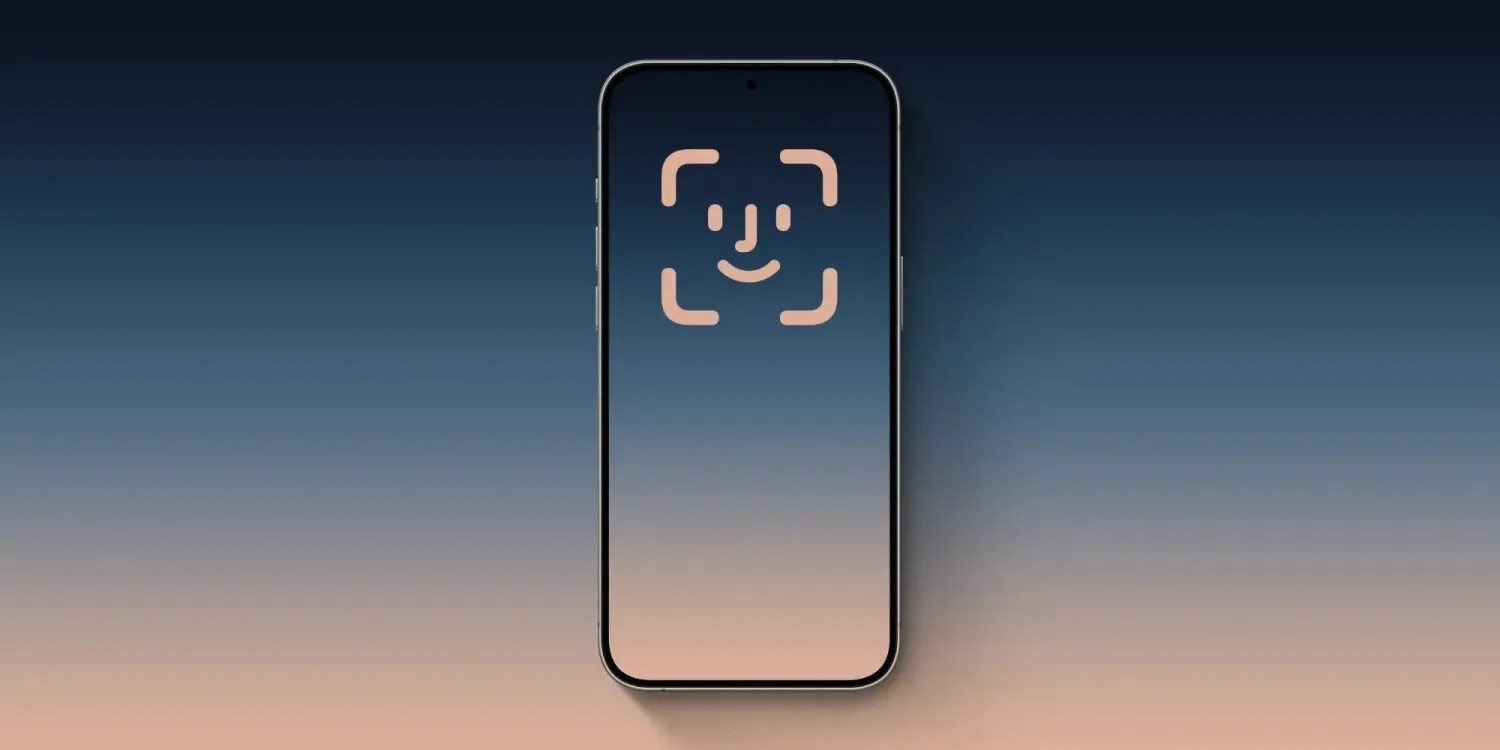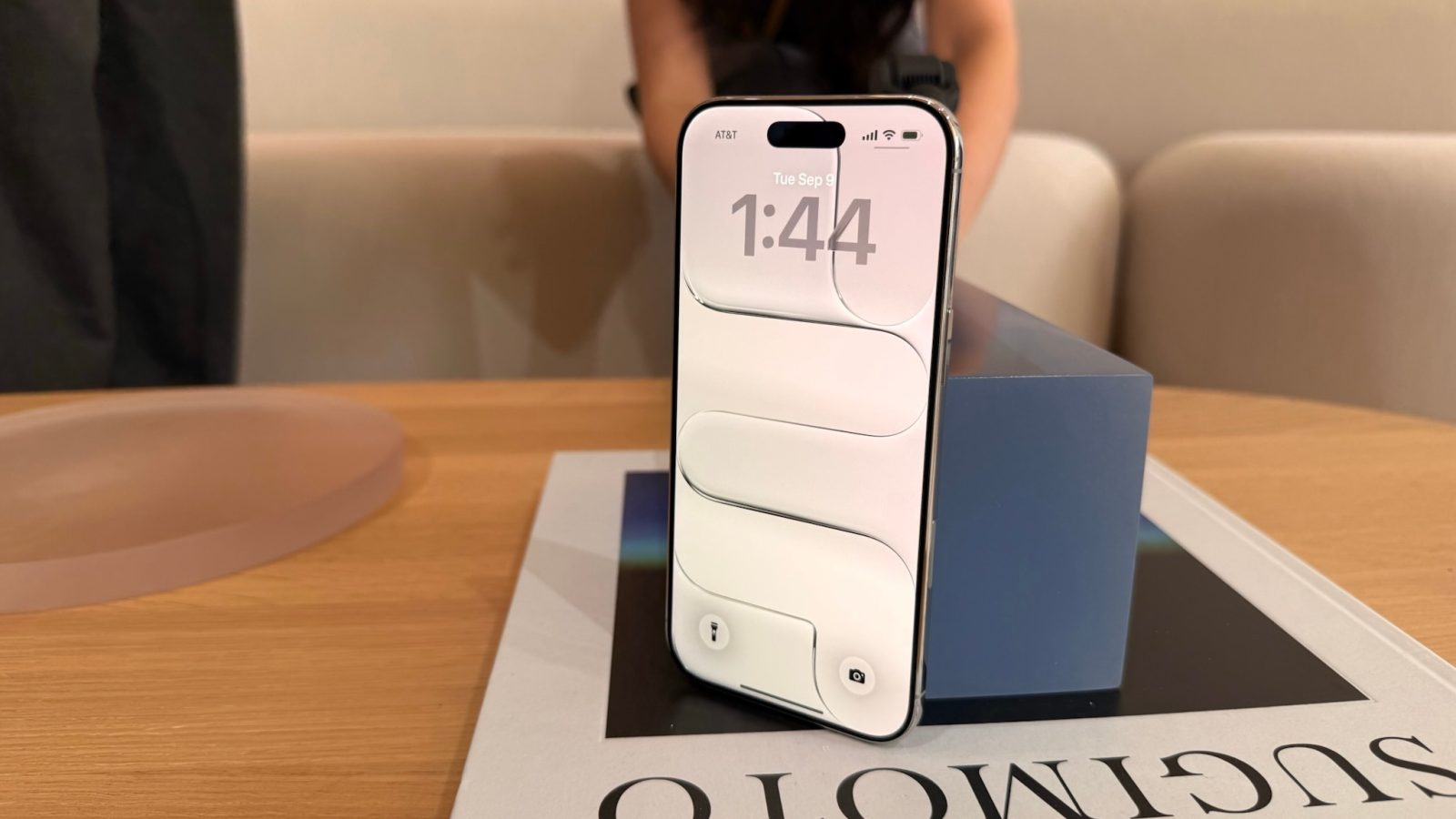Apple has recently filed a utility patent, US2025/0225985A1, introducing a system that allows users to execute secure voice commands, such as sending money or accessing private data, without unlocking their devices. This functionality is contingent upon the user being connected to a pre-authenticated accessory like AirPods or an Apple Watch, enabling Siri or another voice assistant to perform sensitive tasks without requiring Face ID verification or a passcode.
Enhancing Siri’s Capabilities on Locked Devices
The patent outlines a process where a locked iPhone (or other Apple device) listens for natural language commands, such as Pay Alex $50, and determines if the request is secure. If deemed secure, the device checks whether the connected accessory meets specific authentication criteria, including proximity, recent verification, or secure pairing. Upon satisfying all checks, the device executes the command while remaining locked, providing confirmation through voice or visual feedback.
This system introduces a flexible security approach by combining voice input with accessory-based trust signals. Apple describes utilizing various states of the accessory, such as signal strength, encryption keys, or previous authentication events, to decide whether to permit a command.
Potential Applications and Privacy Considerations
This innovation could significantly impact user interaction with devices in various scenarios. For instance, users could make in-car voice payments, securely share files via Siri, or control smart home devices without physically interacting with their iPhone.
However, this approach raises privacy concerns. If someone else is wearing your AirPods or is in close proximity, they might potentially trigger voice commands to access sensitive actions without your consent. Apple’s patent suggests implementing multiple verification checks to mitigate such risks, but balancing convenience and security will be crucial if this feature is implemented.
The patent does not specify which devices will support this feature or its potential release date, but its existence indicates Apple’s commitment to a more seamless, voice-centric future.



